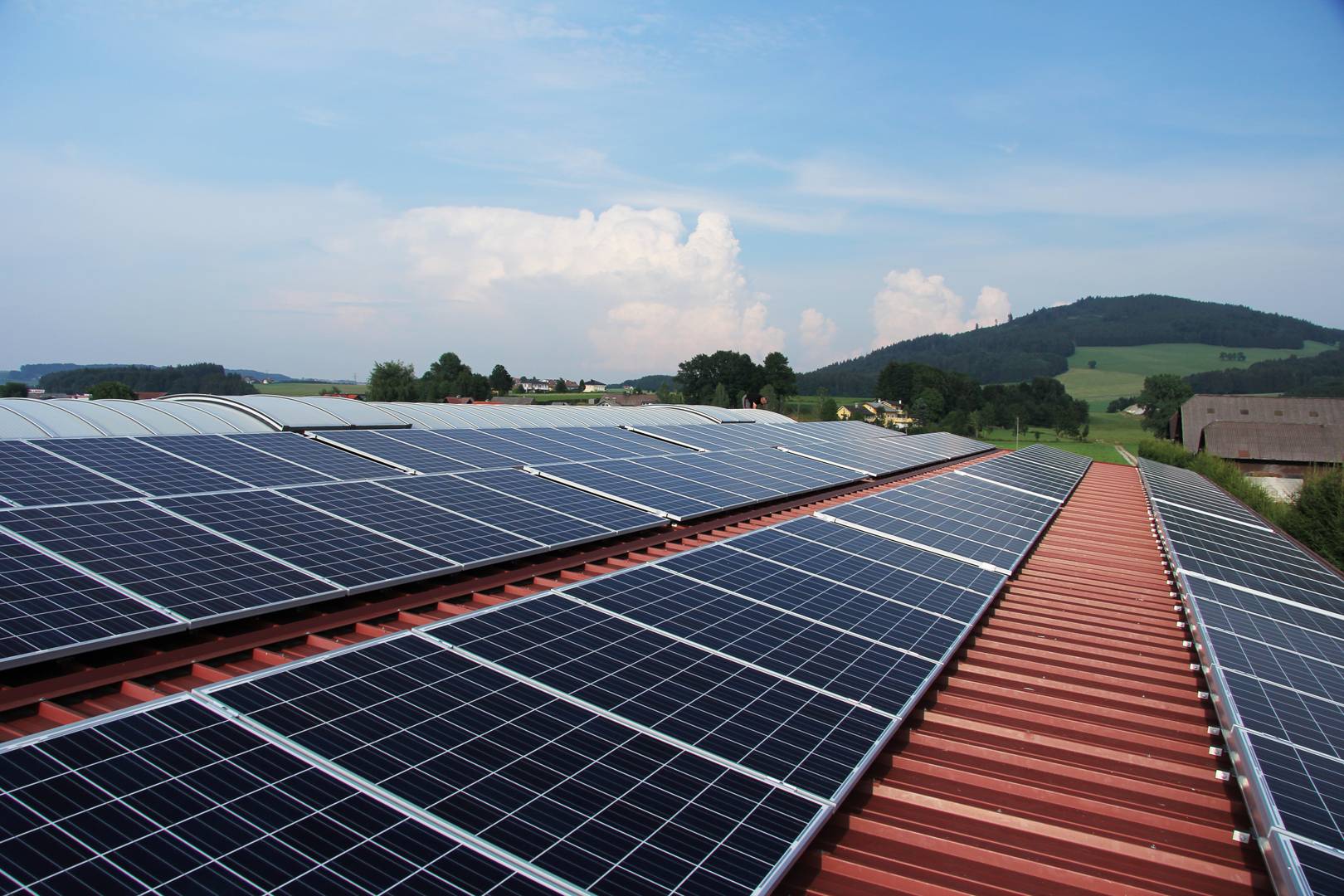
Wind and solar power are expected to account for more than 40 percent of China’s installed generating capacity by the end of the year, according to the country’s electricity trade association, the South China Morning Post reported on July 28.
In the first half of the year, renewable power plant capacity surpassed coal-fired power plant capacity for the first time. China is expected to add around 300 gigawatts (GW) of solar and wind power to the grid this year, up slightly from 293 GW a year earlier, the China Electricity Council (CEC) said in a report. This could boost China’s combined grid-connected wind and solar capacity to 1,350 GW by the end of the year, accounting for more than 40% of the 3,300 GW total installed capacity from all power sources, according to the CEC.
Continued growth in solar and wind power could also boost total installed capacity of non-fossil energy sources, including nuclear and hydro, to 1,900 GW by the end of 2024, or 57.5% of the total energy mix, up from 53.9% in 2023, the report says.
China, the world’s largest emitter of greenhouse gases and consumer of electricity, aims to have 80% of its energy mix come from non-fossil sources by 2060, when it will become carbon neutral. According to the CEC, the country had 1,180 GW of wind and solar capacity at the end of the first half of the year, accounting for 38.4% of the 3,070 GW of total capacity.
Meanwhile, coal-fired power capacity fell to 1,170 GW, or 38.1% of total capacity, at the end of June. In China, the world’s largest consumer, producer and importer of coal, the share of the dirtiest fossil fuel in the energy mix will fall below 37% by the end of the year, according to the CEC.
In 2021, Chinese President Xi Jinping said the country would “strictly control coal consumption” through 2025 and “gradually reduce coal consumption” from 2026. Despite the growth in renewable energy capacity, the CEC warned that low utilization of clean energy capacity will remain a major challenge through the end of this year. “Some regions will face increasing pressure to absorb renewable energy and utilization rates are expected to decline significantly,” the report said.
Compared with the rapid growth of renewable energy supplies, China’s power grid infrastructure still needs further improvements to enhance the flexibility of energy transmission and storage to cope with intermittent supplies of wind and solar power. In the first six months of this year, solar and wind capacity utilization by number of hours was less than half that of coal, according to the CEC, meaning the actual amount of power produced from solar and wind was much lower than that of coal. Coal accounted for nearly two-thirds of China’s electricity supply in 2023, the report said.
Source: Rossa Primavera
I am Michael Melvin, an experienced news writer with a passion for uncovering stories and bringing them to the public. I have been working in the news industry for over five years now, and my work has been published on multiple websites. As an author at 24 News Reporters, I cover world section of current events stories that are both informative and captivating to read.
